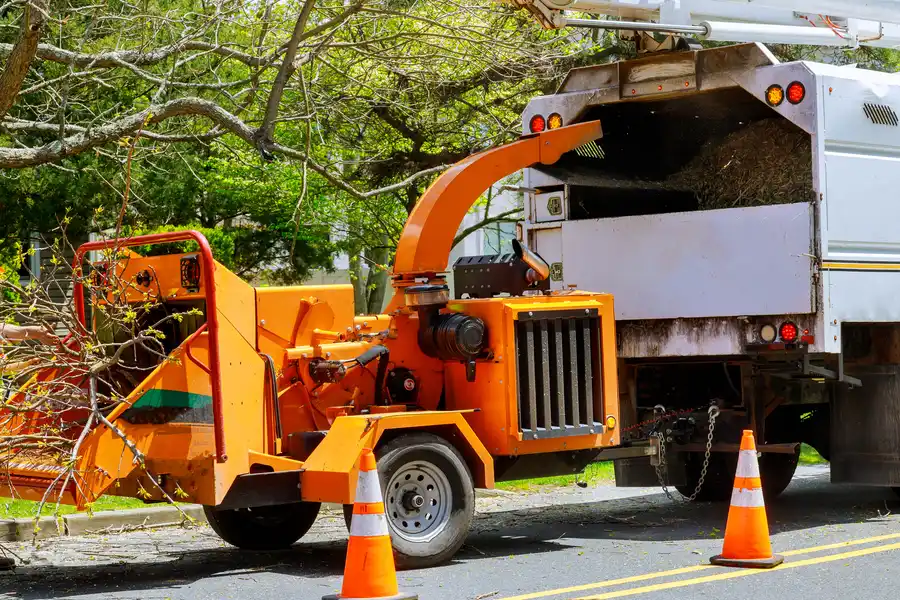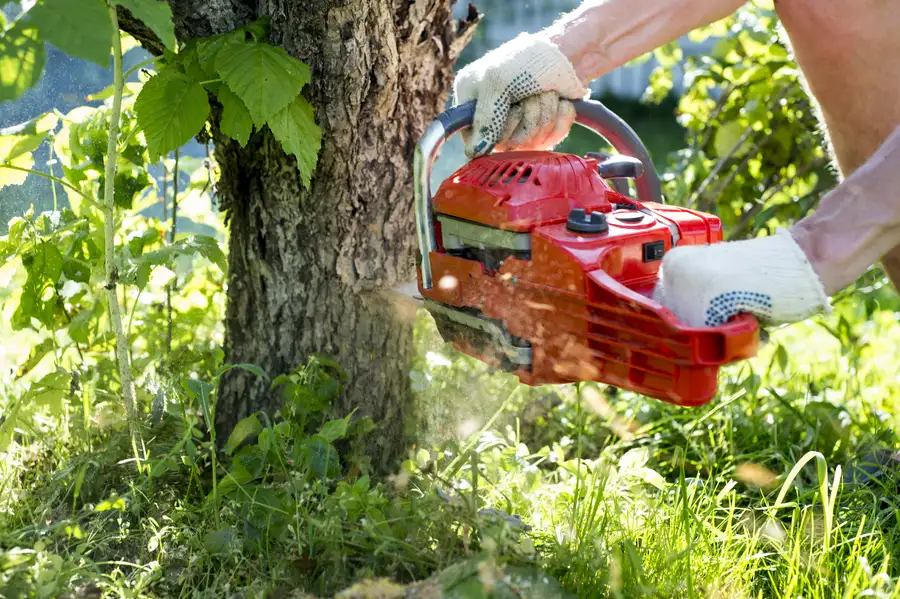Understanding Why Tree Health Matters
Trees offer beauty and value to any landscape. However, deciding whether to remove a tree is not always straightforward. Assessing tree health before making this decision is crucial. This process helps identify potential risks and benefits associated with keeping or removing the tree. Focusing on the tree’s condition can also prevent costly mistakes and enhance safety in your environment.
Risks of Ignoring Tree Health
If you overlook assessing a tree’s health, you might face significant risks. Unhealthy trees are more likely to fall during storms, causing damage to property or even injuring people. Additionally, diseased trees can spread infections to nearby plants. Therefore, understanding these risks underscores the importance of evaluation before considering tree removal.
Signs of an Unhealthy Tree
You can spot signs of an unhealthy tree by examining several factors. Look for dead branches, which indicate internal decay. Mushrooms growing at the base often signal root rot. Also, check for abnormal leaf drop or discolored leaves. These symptoms suggest that it may be time to assess the tree’s overall health, potentially leading to tree removal if necessary.
The Role of Professional Arborists
Professional arborists play a vital role in evaluating tree health. They possess the expertise to diagnose issues accurately and recommend appropriate actions. By hiring a professional, you ensure a thorough assessment based on scientific methods rather than guesswork. Their insights help determine whether preservation or removal is the best course of action.
Benefits of Conducting Thorough Assessments
A comprehensive tree health assessment provides several benefits. It ensures safety by identifying hazards early. Property owners save money in the long run by avoiding emergency situations requiring immediate attention. Furthermore, informed decisions about maintaining or replacing a tree promote environmental sustainability.
- Ensures safety by spotting hazards early
- Saves money by avoiding emergencies
- Promotes environmental sustainability
Steps Involved in Tree Health Assessment
Conducting a tree health assessment involves several steps:
- Visual Inspection: Check for visible signs of disease or damage.
- Soil Examination: Assess soil conditions affecting root health.
- Pest Identification: Look for insect infestations harming the tree.
- Structural Analysis: Evaluate branch stability and trunk integrity.
- Consultation with Experts: Seek advice from professional arborists.
Making Informed Decisions About Trees
Using gathered data, you make informed decisions regarding your trees. If a tree poses no risk and adds aesthetic value, maintaining it could be beneficial. Conversely, if an assessment reveals significant dangers or irreversible decline, opting for removal might be wise. Such informed choices enhance landscape management and personal safety.
Protect Your Investment With Expert Guidance
By ensuring proper assessments, you protect both your property and investment. Contact West Bay Garden Co today for expert guidance on managing your trees wisely. Located in Santa Rosa, CA, I am dedicated to providing reliable service tailored to your needs. Call me at (707) 758-5131 to discuss how I can help maintain the beauty and safety of your landscape.

